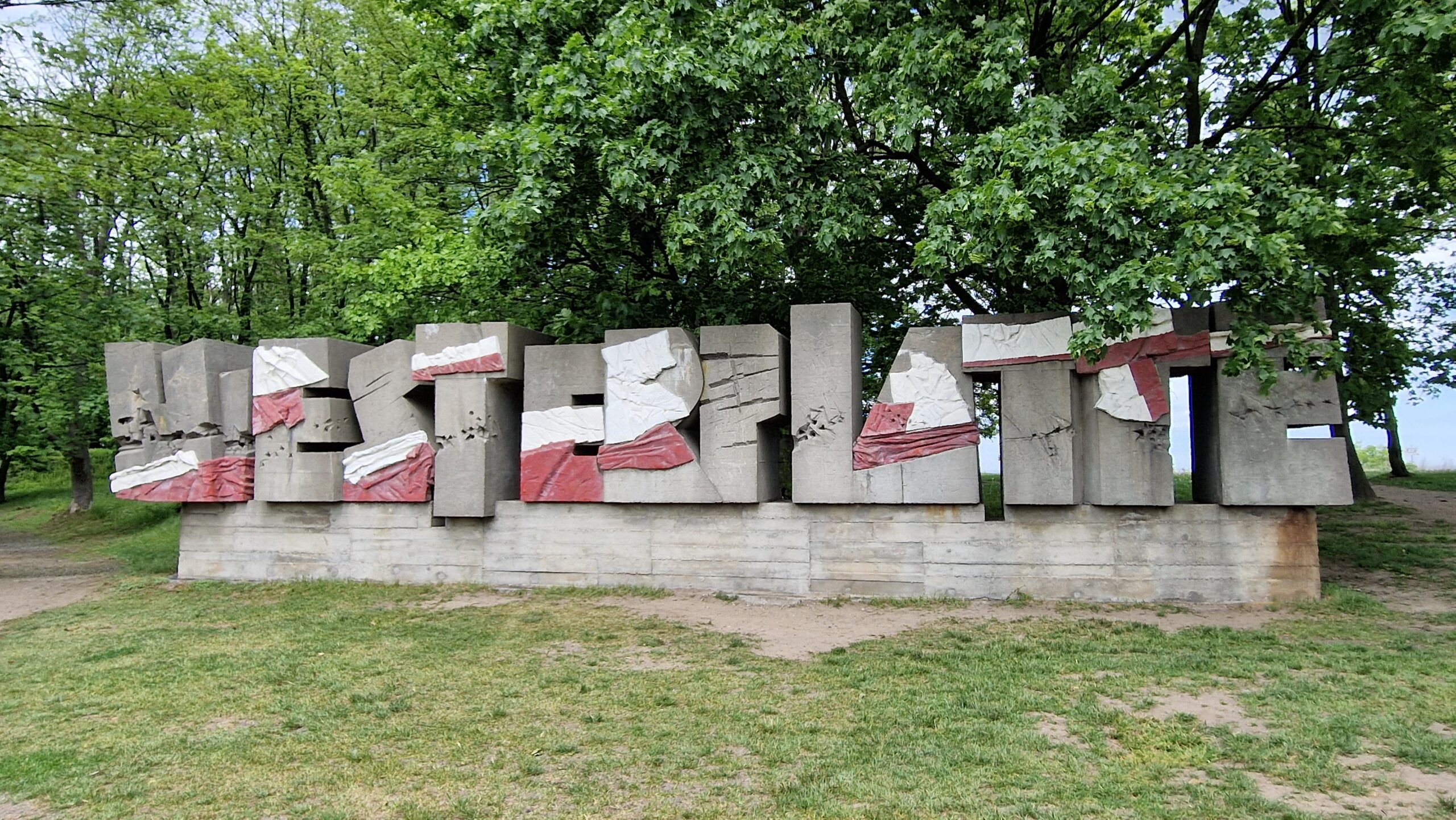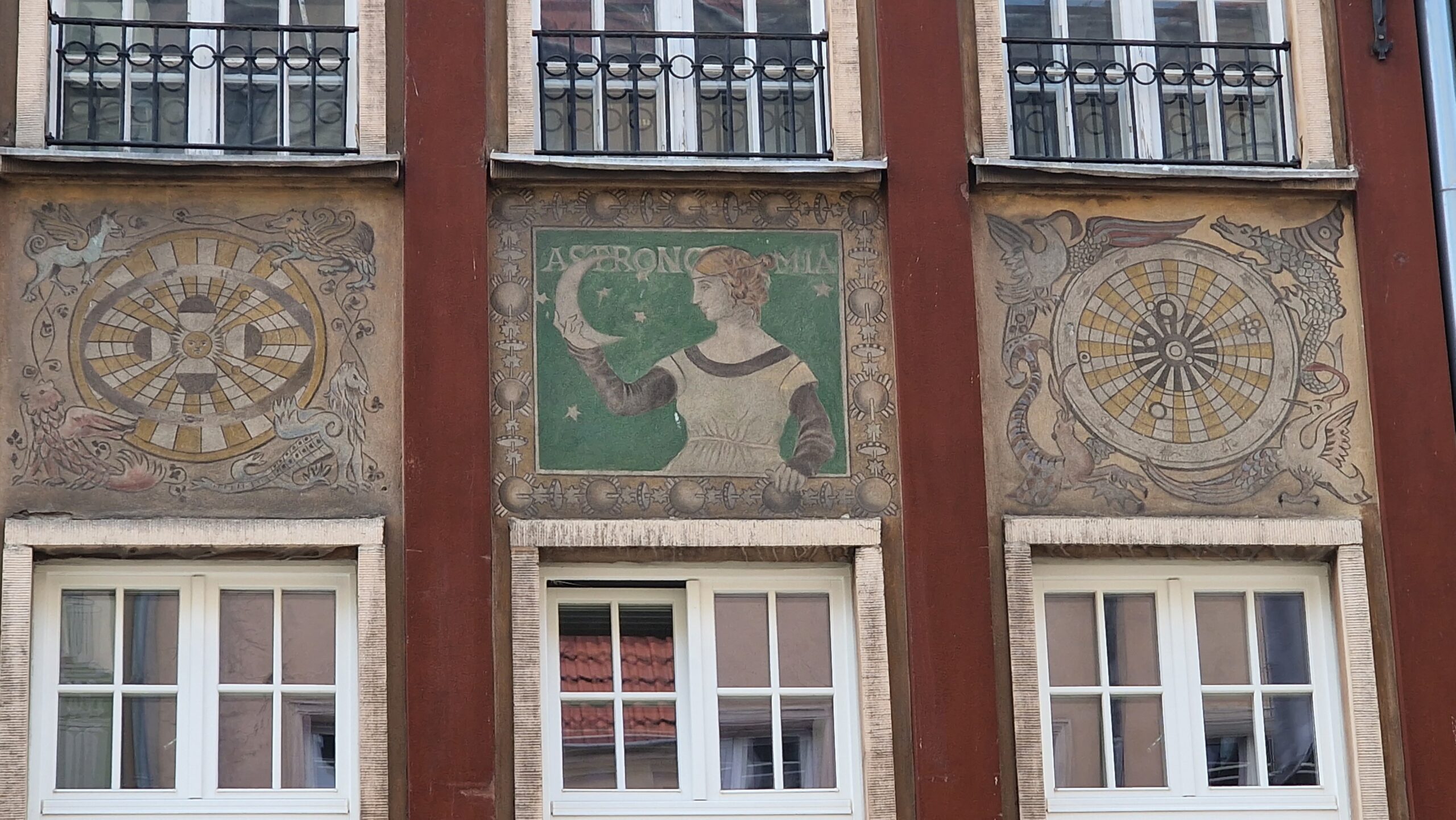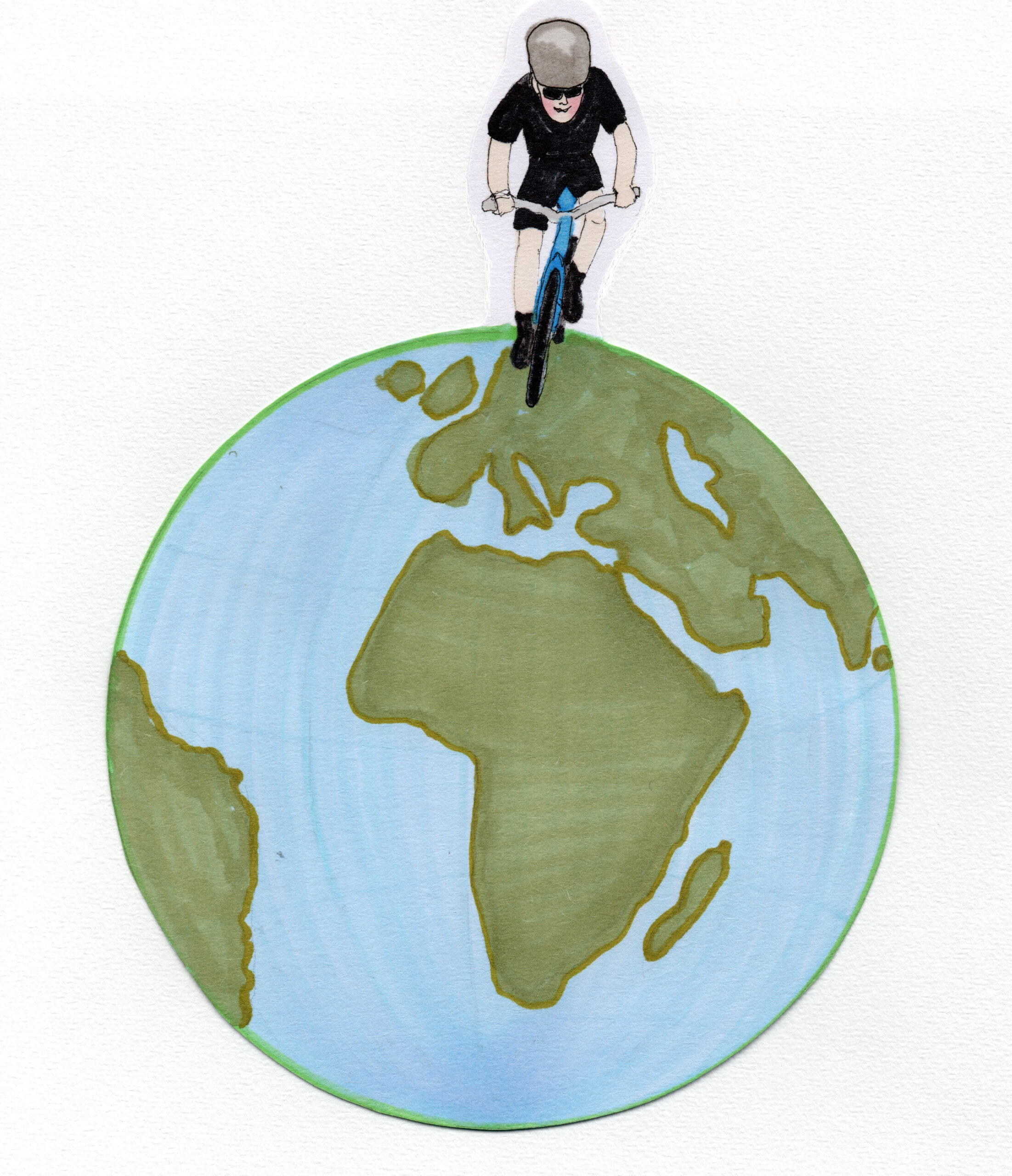Days 30-31 of my cycle journey (May 30-31, 2022)
I had been looking forward to my two rest days in Gdansk for some time. On the one hand because I wanted to see Gdansk very much, and secondly because I had been cycling without a rest for some time. And Gdansk didn’t disappoint. In two days, I saw a vibrant, beautifully restored and fascinating old city and learnt about its history, its inhabitants and its crucial role in the start of WW II. Besides that, I got my bike fixed, my cloth washed, and my office work done (to a degree).


When writing about Gdansk one has to find new adjectives, because the commonly used ones don’t express the splendour of this city sufficiently. Imagine a city destroyed to 90%, pulverized and converted into rubble during the last stages of WW II. Now, 77 years later, the old city of Danzig has been reborn, lovingly and painstakingly restored to detail from its inhabitants. The delightful churches, originating in the Middle Ages, with their almost lithe appearing high reaching towers are a joy for the eyes. The houses of the traders and the craftsmen, restored to the finest detail with paintings of former patrons and owners from the Middle Ages, simply astound with their delightfulness. And the streets, narrow or wide, which are cobbled, let you think that over these same streets with the same cobblestones men and women in the 16OOs were walking. Very tough for cyclists, though. Gdansk is an enthralling city and it put me under its spell immediately. One of the most beautiful cities of this continent, for sure. I simply have to come back one day.


The splendour of Gdansk was one aspect of my interest, another one was its determining role in recent history. The first shots of WW II were fired here in Gdansk. On September 1, a German battleship fired upon a Polish munition’s depot on the Westerplatte, a peninsula just before the Gdansk port. At the same time German inhabitants and police were attacking the “Polish Post”. These were the actions which started the war. Both places are today not much to see, but their significance to the history of Europe cannot be underestimated. While Gdansk stood at the beginning of one history defining moment in Europe and the world, it stood also at the beginning of the end of another bombshell development in Europe. Here in relatively small Gdansk, the end of the communist world was initiated. In 1980, the workers in the Lenin Shipyard went on strike to protest higher prices for meat. Out of this strike the worker’s union “Solidarnosc” was born, which was instrumental in the bringing the Polish Communist regime to a fall and consequently the collapse of the Polish People’s Republic. Soon thereafter, the communist regimes from all over Europe collapsed. A museum about Solidarnosc is in the city. Considering the importance of Solidarnosc for Europe and the world it should be more widely known.


Finally, and almost only for myself, I wanted to be in and feel the city where one of my most beloved authors, Günter Grass, was born and spent his youth. As I once tried to sense the ambience of a St. Petersburg during Dostojevski’s time, I tried to detect the sensations of the “Free City of Danzig” during Grasse’s youth, which was featured prominently in many of his books. I could almost see Oskar the tin drummer, hammering his tin drum in the streets and screaming to break the glass of the finely restored churches once again.


I could go on talking about Gdansk, but I would recommend that you should go yourself. Have a look and experience one of the most beautiful cities in Europe.








I wanted to thank you for this excellent read!! I definitely loved every little bit of it. I have got you book-marked to look at new stuff you postÖ
You paint a beautiful picture and we want to visit someday. The names of the cities you pass through are new to us and your reference to the “Solidarity” brings up memories of the revolution there that we heard about but really knew little about other than brief snatches from news reporting.